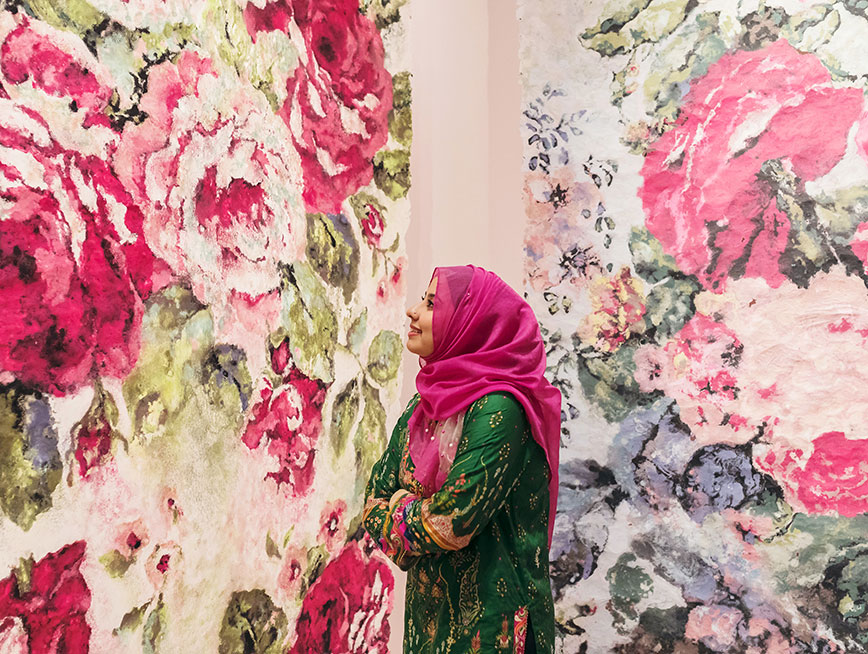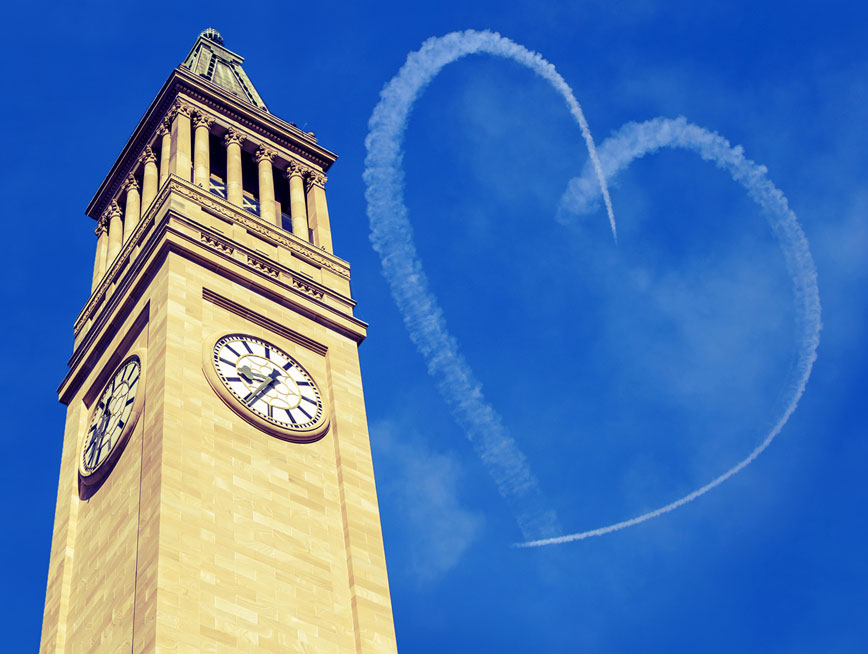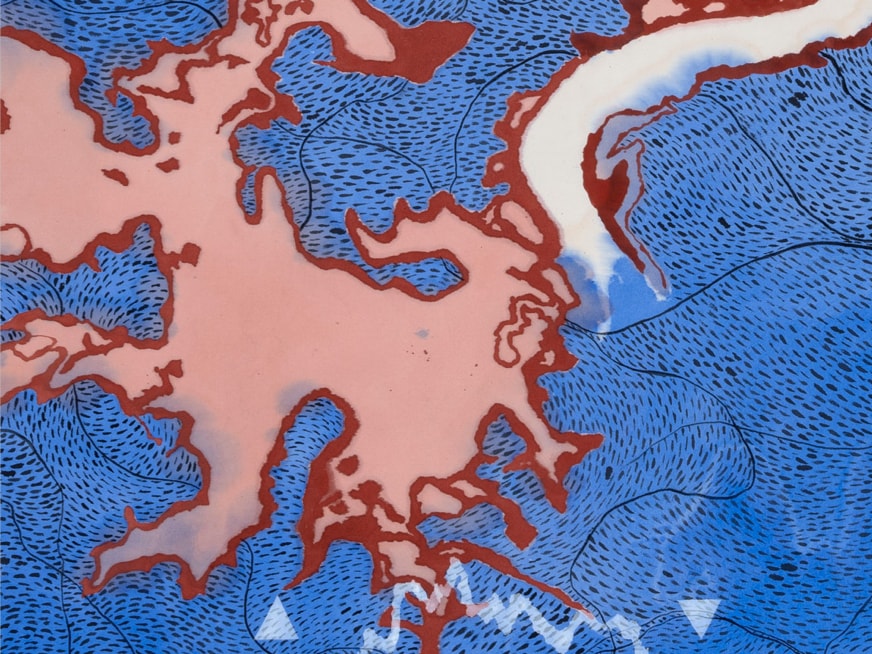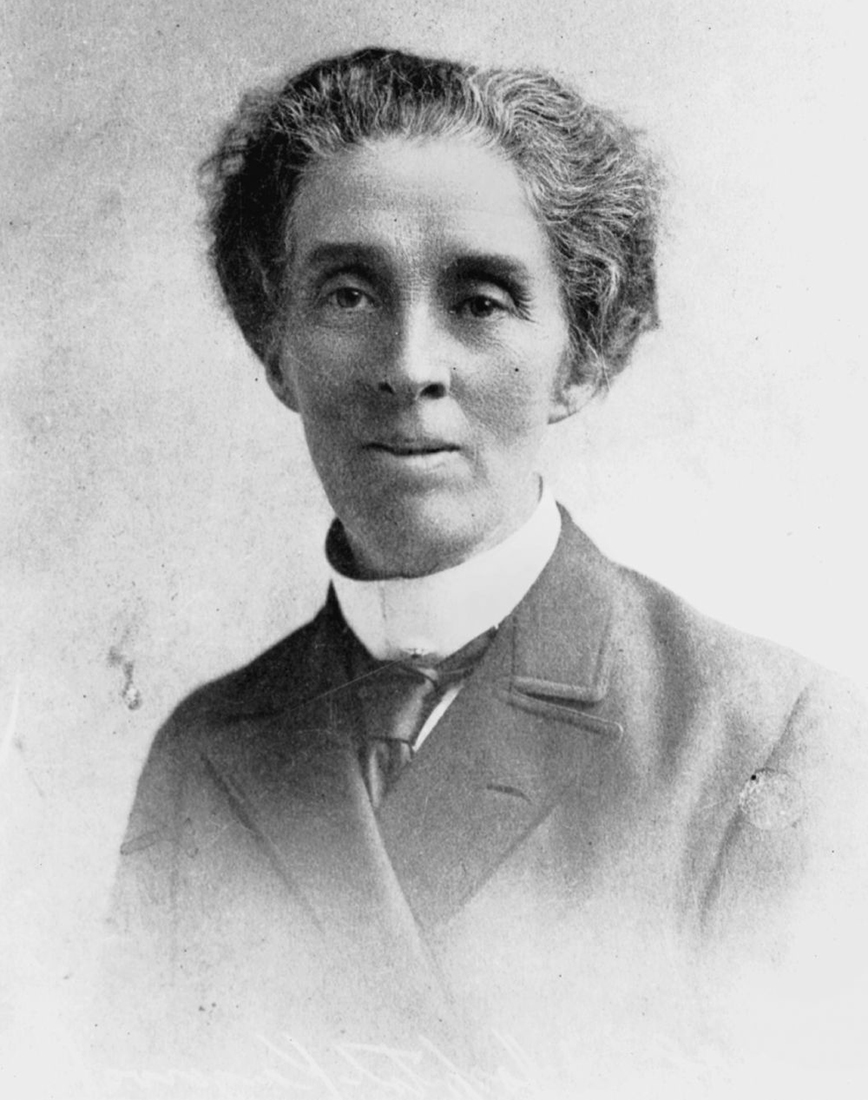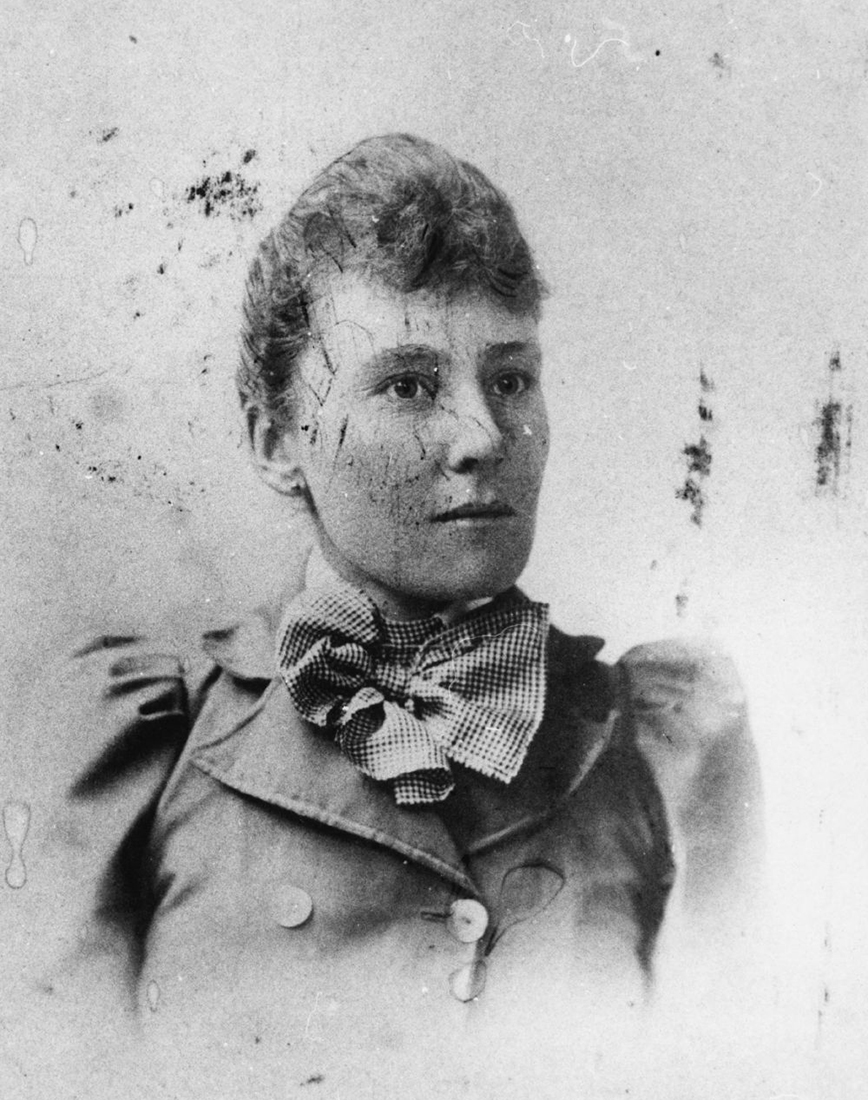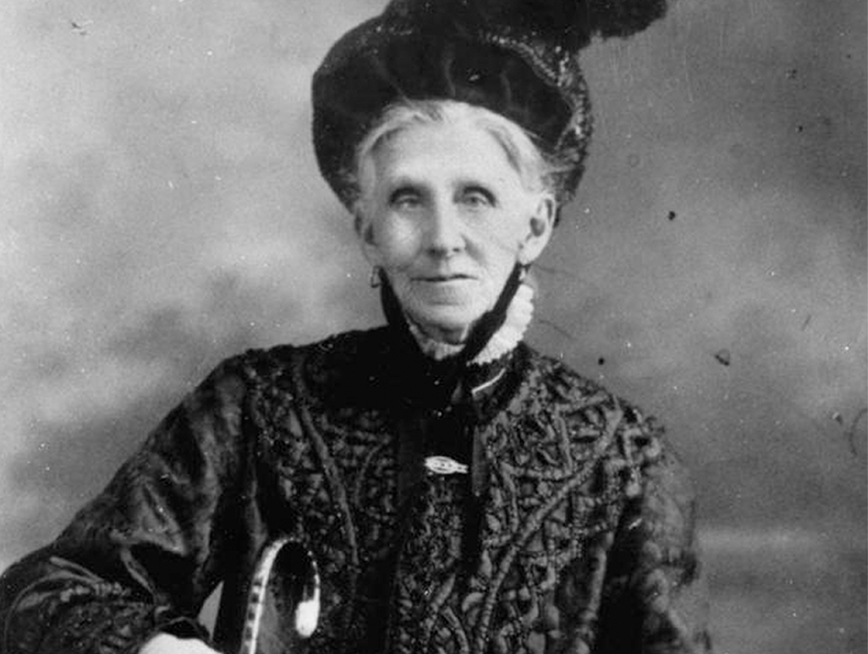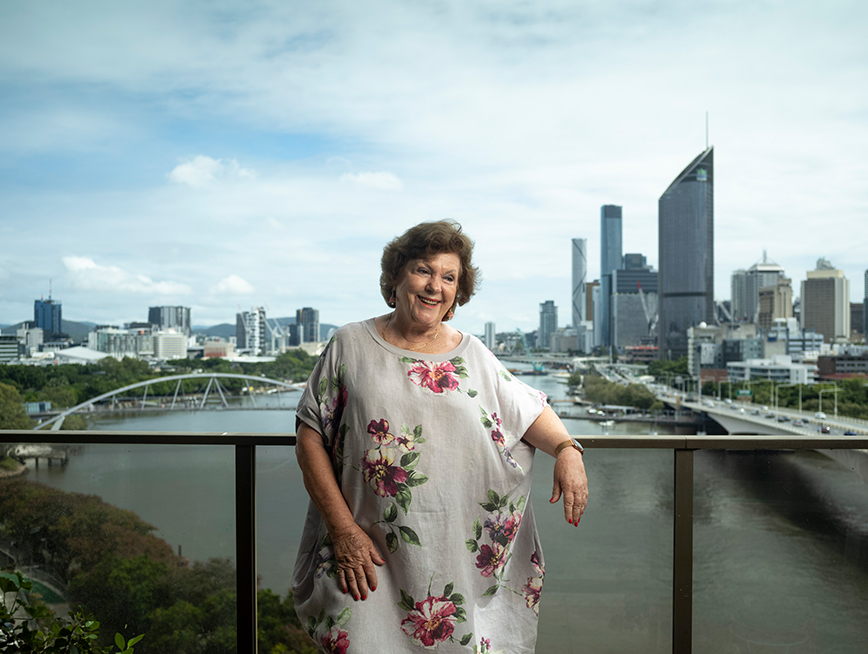MoB Sunday Stories: Lilian Cooper and
Josephine Bedford
They gave Brisbane everything they had while they were here and left behind even more. Every Brisbanite should know the tale of these two incredible women.
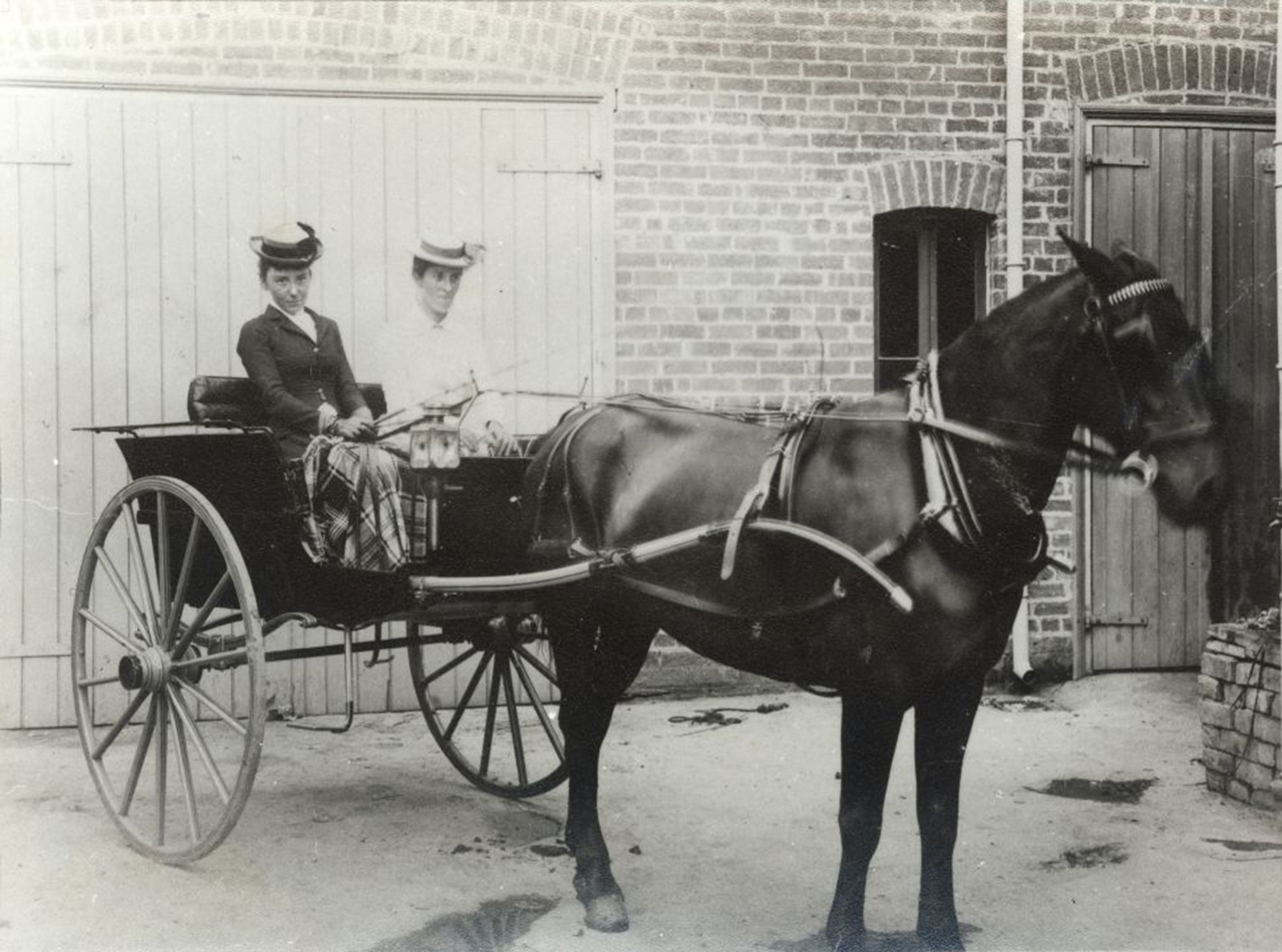
On 21 May 1891, The Brisbane Courier reported that a “really good and competent medical woman” would arrive in about ten days. Dr Lilian Cooper was to be the first female doctor in Brisbane and the second in Australia. With her, on the SS Aramac bound for Brisbane, was her life partner Ms Josephine Bedford. The impact that these two women had on our city was immense and remains today.
Their journey began when several Brisbane ladies, including the residing Lady Musgrave, advised, “…that services of a practitioner of their own sex would be very acceptable to many ladies.” Dr Booth of South Brisbane reached out to the head of the London School of Medicine for Women and Dr Lilian Cooper was recommended with the highest regard. At the time, Lilian was working at a large practice in Essex, southeast England and living with her long-term love, Josephine.
As promised, the pair arrived on Australia’s shores on 29 May 1891. In June, shortly before her 30th birthday, Lilian was registered as a doctor in Brisbane. For about six months, she assisted Dr Booth at his practice before setting up her own at The Mansions on George Street. It is said that business was slow at first. Despite the seemingly positive anticipation of Dr Cooper’s arrival, her male peers were largely unaccepting. It’s reported that they would not act as anaesthetists for her operations, nor would they see any of her patients for whom she wished a second opinion. Even Brisbane’s women were dubious of Lilian, despite their requests for a female doctor.
Lilian and Josephine, however, persevered, a trait that would never evade this formidable duo. When Josephine wasn’t assisting Lilian on house calls in their horse and sulky, she turned her skills to charitable work, concerning herself mainly with children and their mothers.
The Brisbane that the two women arrived at in 1891 had a population of approximately 100,000, having increased from 37,000 ten years prior. Streets remained largely unsealed and this rapid growth in populace meant the city was suffering from poor sanitation and areas of abject poverty. When the Great Flood hit in February 1893, Lilian and Josephine were instrumental in caring for the city’s sick and injured. It is probably no coincidence that Lilian was finally elected a member of the Queensland Medical Society later that year.
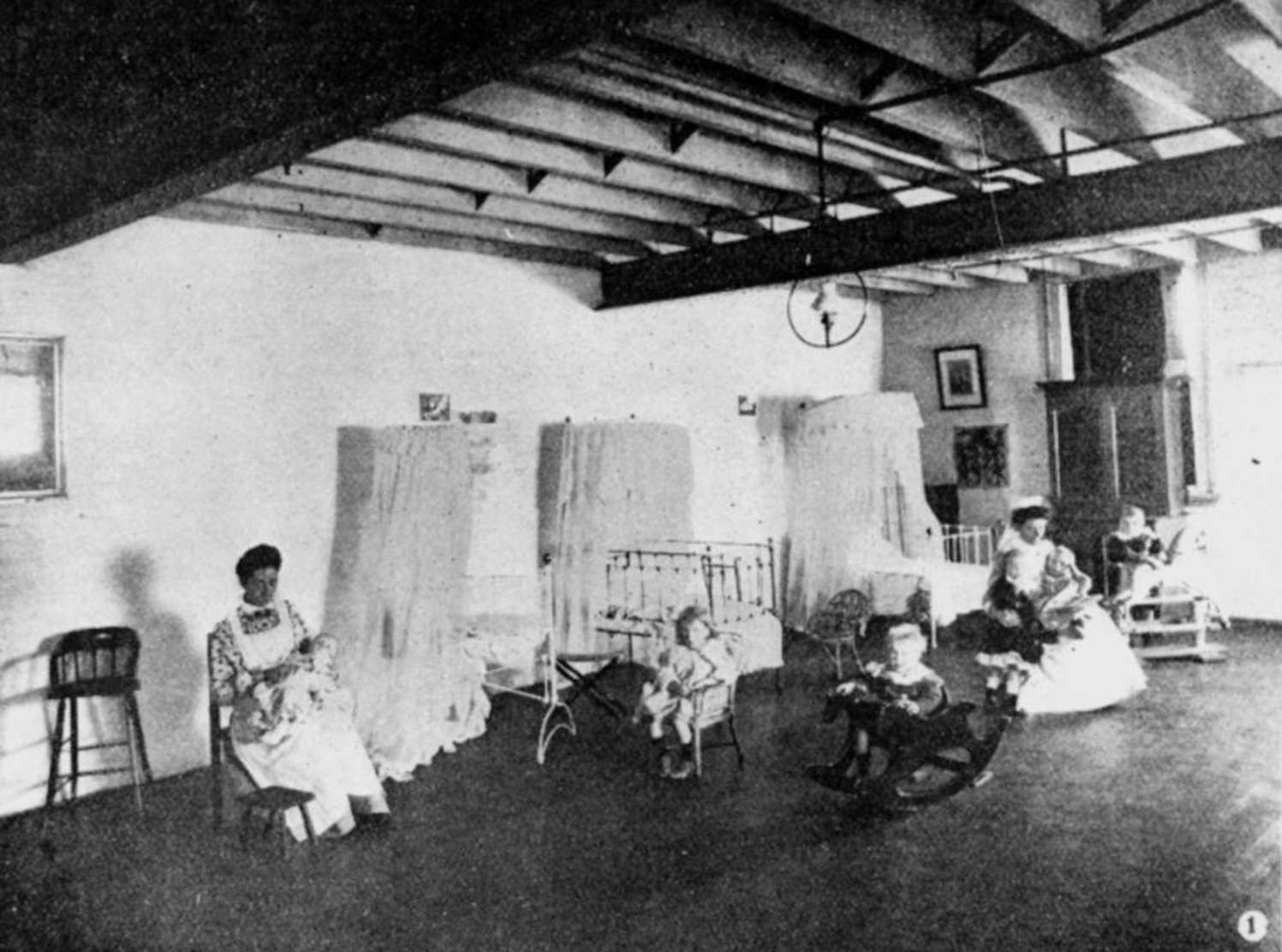
Josephine became one of the founding committee members of the Brisbane Institute of Social Service, alongside the Governor, the Anglican archbishop, the Mayor and the American Consul. Recognising the need for a safe and secure place for the children of working mothers, the committee procured the recently closed tobacco factory on the corner of Brunswick and Ivory Street in Fortitude Valley and set about building a Creche and Kindergarten. It was opened by the Governor in 1907 and is the first of the C&K, a kindergarten that still exist today.
When war broke out, Lilian and Josephine joined the Scottish Women’s Hospital in Serbia. The pair volunteered near the frontlines in Macedonia, Lilian working as surgeon and Josephine running the ambulance unit. They returned to Brisbane after a year, both with Serbian medals for their service.

Josephine became a Founder of the Creche and Kindergarten Association and was elected to the National Council of Women in 1920. Lilian became a Foundation Fellow of the Royal Australasian College of Surgeons and Founder of the Queensland Medical Women’s Society. In 1926, Lilian bought a house on Main Street in Kangaroo Point, where she and Josephine lived for the remainder of their lives.
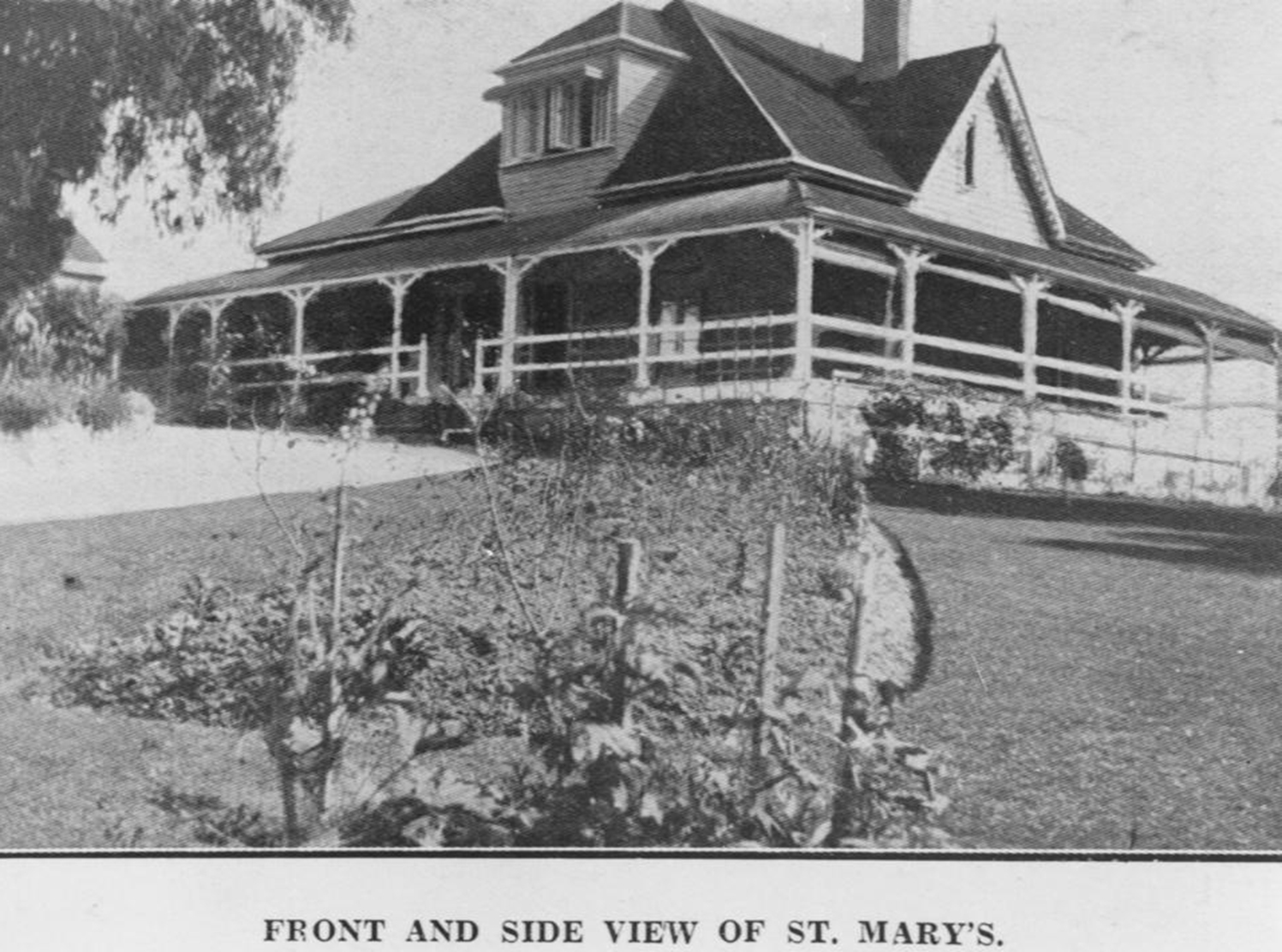
When Lilian passed away in 1947, she left Josephine most of her estate. Josephine passed some eight years later and, as was hers and her partner’s wish, she left their home to the Sisters of Charity for the construction of Brisbane’s first palliative care hospital, Mt Olivet. The hospital, now St Vincent’s, remains today, along with a stained-glass window in St Mary’s Church commissioned by Josephine for Lilian. The two women are buried together in Toowong Cemetery.

